Pakistan says inflows from Punjab floodwaters to hit Sindh by Sep 2-3
Sindh minister says floods could affect 1.65 million people across 15 districts, while nearly half a million have been displaced in Punjab as rising rivers flood over 2,300 villages
News Desk
The News Desk provides timely and factual coverage of national and international events, with an emphasis on accuracy and clarity.
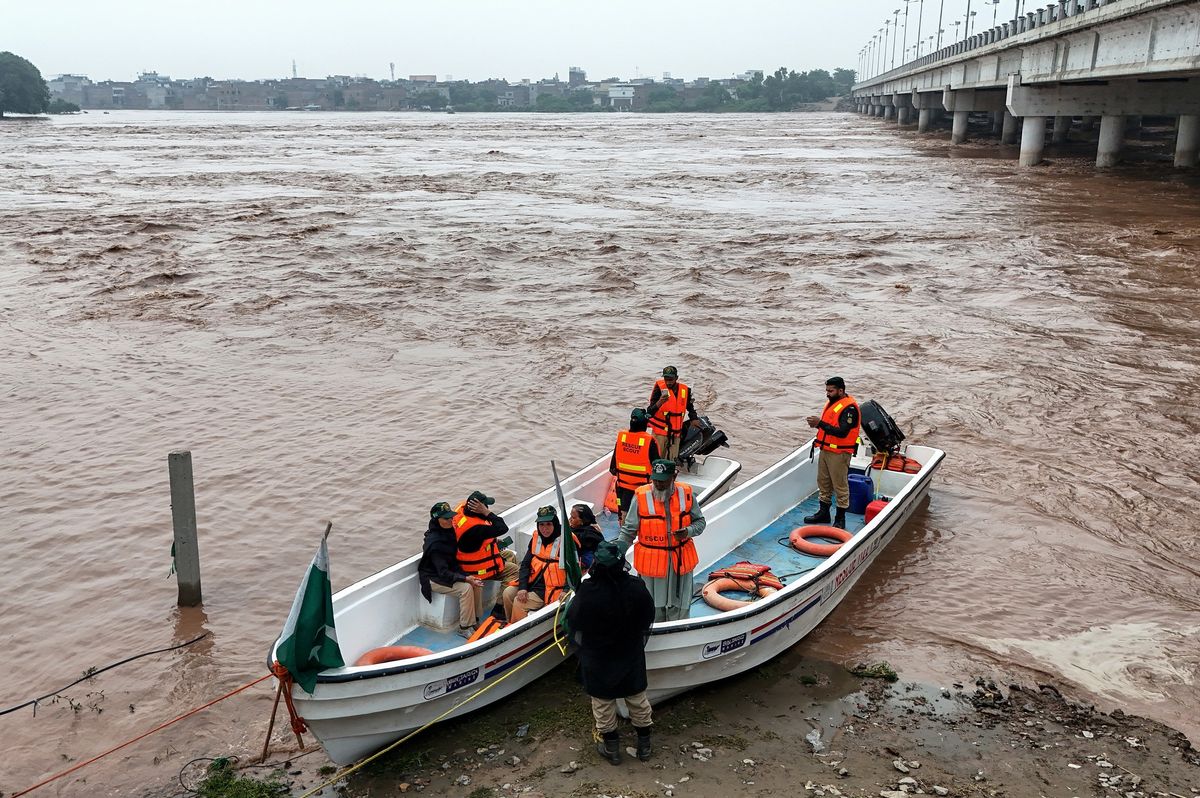
This aerial photo shows rescue teams preparing to patrol the flooded Ravi River near residential areas in Shahdara, Lahore, on August 29, 2025.
AFP
Pakistani authorities have warned that floodwaters from Punjab are expected to surge into Sindh on the night of September 2 or 3, following intense rainfall and rising river levels.
Authorities are mobilizing large-scale rescue and relief operations to protect tens of thousands of vulnerable families.
Rising river levels in Punjab and northern Pakistan have raised concerns, particularly at the Guddu Barrage in Sindh, which regulates the Indus River’s flow. Authorities project record inflows at the barrage, heightening flood risks for downstream communities.
The barrages' role in flood control is crucial, and surging water levels pose a significant threat to Sindh’s agricultural and residential areas.
Sindh’s preparations and relief efforts
Senior Minister Sharjeel Inam Memon confirmed that the Sindh government is fully prepared for the impending flood crisis. Measures include deploying 192 rescue boats, 565 private boats, and 36 mobile health units for immediate assistance.
The floods may affect 1.65 million people across 15 districts, with 167 Union Councils and 116 villages at risk, he added.
The minister said the government was closely monitoring the situation and has provisions in place for evacuations. Besides, 102 vulnerable points identified during previous floods have been fortified to minimize damage.
Flooding in Punjab displaces hundreds of thousands
Meanwhile, nearly half a million people have been displaced in eastern Pakistan as rising rivers flood over 2,300 villages in Punjab. Floodwaters from the Sutlej and Chenab rivers, combined with upstream discharges, have intensified the crisis.
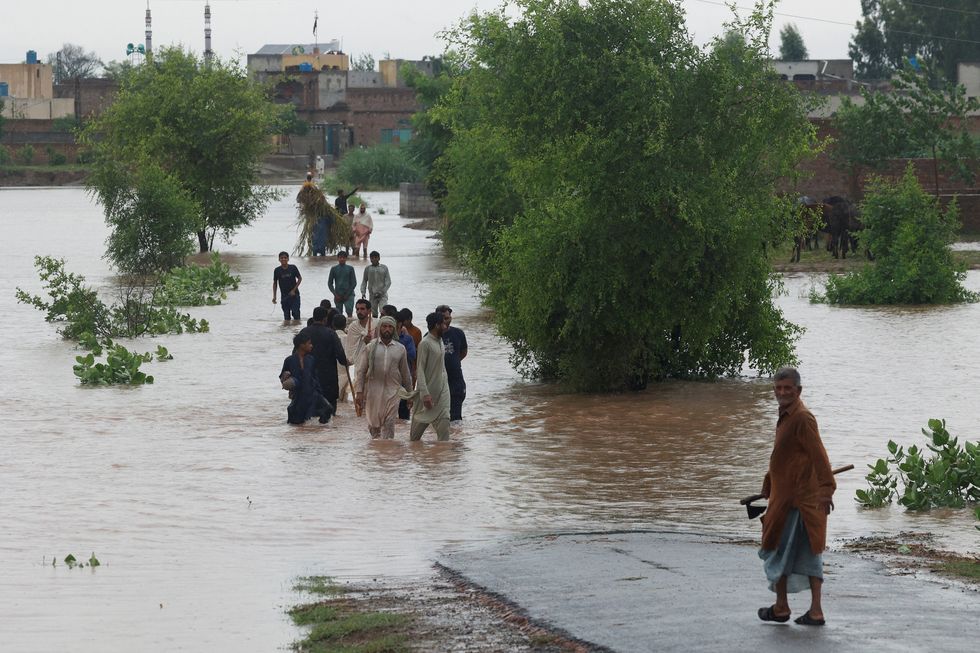
The Provincial Disaster Management Authority (PDMA) reported that Sutlej River flows peaked at 385,000 cusecs at Ganda Singh Wala, the highest in decades, before slightly receding to 303,000 cusecs.
The monsoon floods, which began earlier this week, have claimed 30 lives. More than 500 relief camps have been established across Punjab to shelter displaced families and livestock.
Rescue efforts have relocated over 86,000 animals to higher ground, and more than 5,000 people have been evacuated in Lahore alone.
- YouTube www.youtube.com
Police, using over 700 vehicles and 40 boats, are assisting with evacuation and maintaining order at relief camps.
Shifting weather patterns and climate impact
Officials attribute the floods to shifting weather patterns, noting that Pakistan has experienced increasingly severe monsoon seasons in recent years. In 2022, flash floods wiped out infrastructure and killed at least 1,000 people.
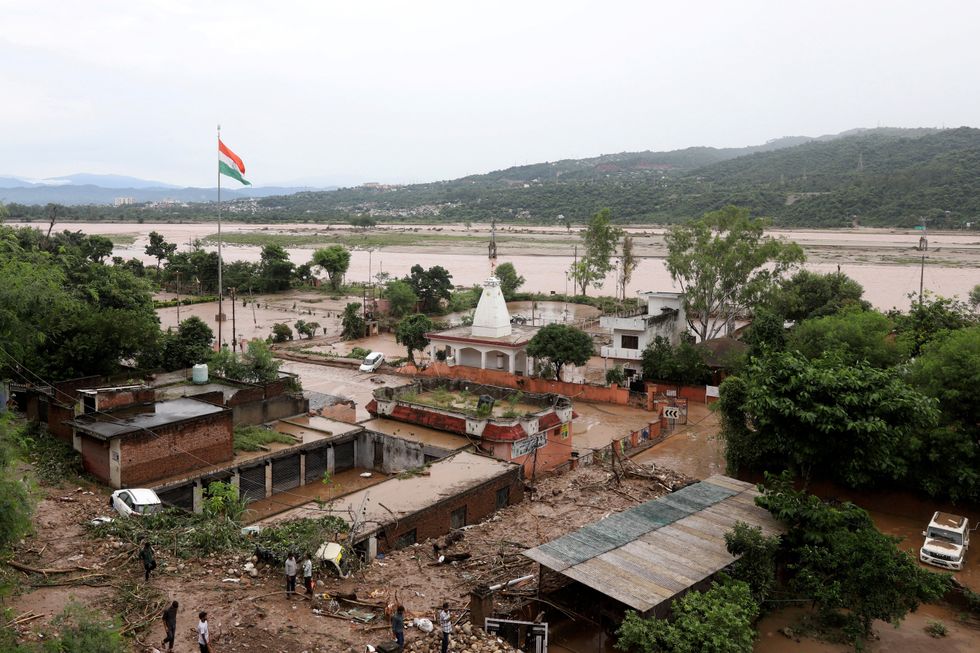
This year, converging weather systems from the east, south, and west have exacerbated the situation. Planning Minister Ahsan Iqbal acknowledged that climate change is contributing to Pakistan's vulnerability to such disasters, but emphasized that it remains manageable.
Cross-border water release from India
On the other side of the India-Pakistan border, river levels in the Himalayas began to recede after heavy rains. However, officials in Pakistan have pointed to water releases from upstream dams in India as worsening the flood situation.
India routinely releases water from its dams when they reach full capacity, and this week, it issued three flood warnings to Pakistan, which were seen as a humanitarian gesture. Both countries are grappling with the effects of a heavy monsoon season, further complicating the already dire situation in the region.
With additional input from Reuters and AFP


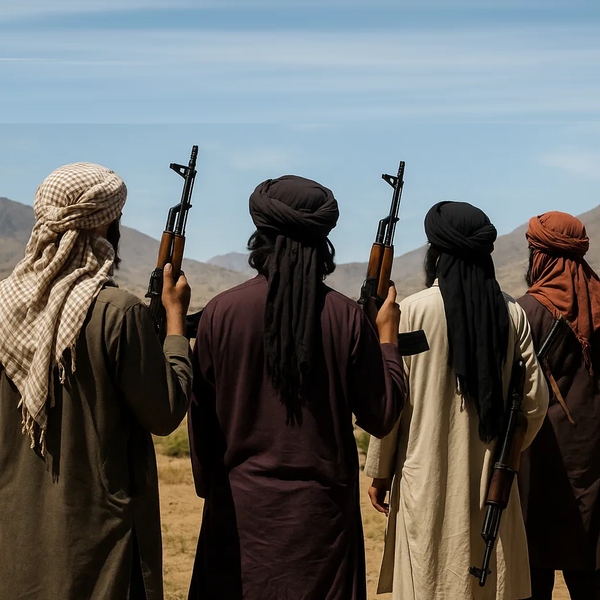
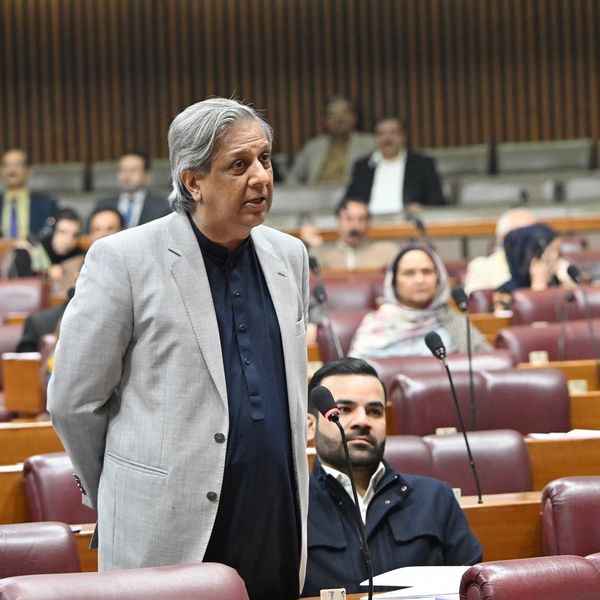

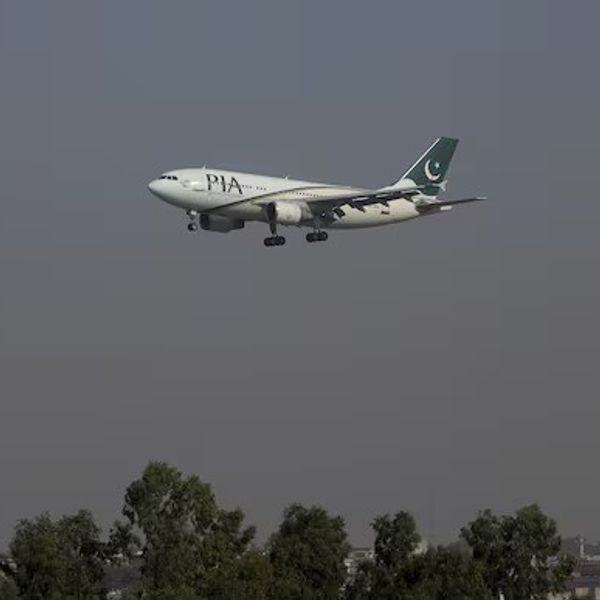




Comments
See what people are discussing